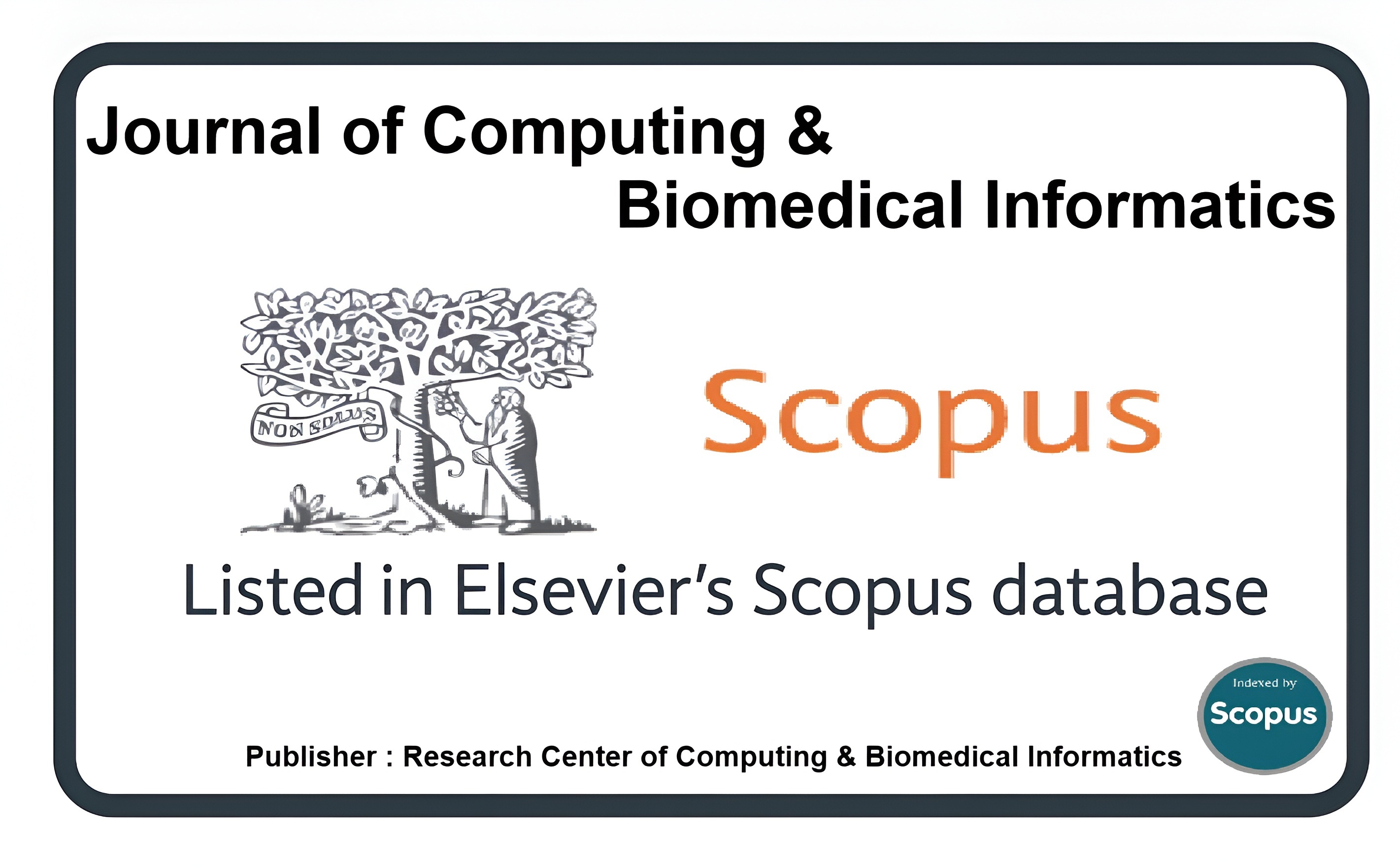Analyzing the Impact of Cybercrime and Its Security in Banking Sectors of Pakistan by Using Data Mining
Keywords:
Cybercrime, Banking Sector, Security, Data Mining, Classification Models, Random Forest, Decision Tree, Support Vector Machine (SVM)Abstract
With the rapid digitization of banking services, present day financial institutions are facing threats from cybercriminals. Traditional methods of fraud detection have established inadequate against cyber threats, prompting the adoption of superior technology inclusive of records mining techniques. In this study, we explored the impact of cybercrime on the banking sector in Pakistan by employing data mining techniques. Our dataset consists of a wide range of variables, from cybercrime types and financial losses to customer trust and regulatory compliance. Utilizing classification models, Random Forest with 94% accuracy, Support Vector Machine (SVM) with 93% accuracy, and Decision Tree with 92% accuracy. This research highlights the need for strong security measures in banks to tackle cyber threats. Policymakers and bank professionals can use our findings to make banking safer. Financial institutions can protect their assets and customer information by using fraud detection techniques, thereby increasing trust and confidence in the system in digital banking.
Downloads
Published
How to Cite
Issue
Section
License
This is an open Access Article published by Research Center of Computing & Biomedical Informatics (RCBI), Lahore, Pakistan under CCBY 4.0 International License





